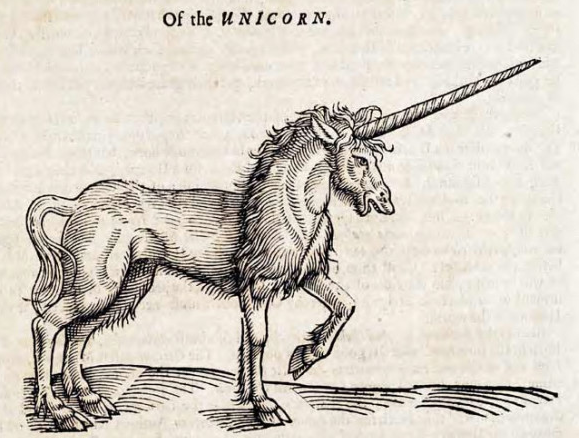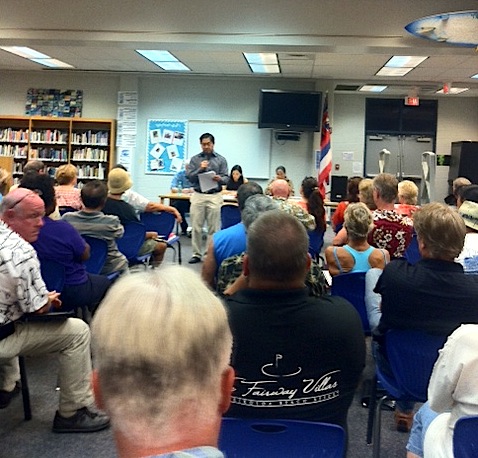Richard Ha writes:
Today we find ourselves fighting against our teachers. But it’s rising electricity costs that is putting the pressure on school budgets.
We should be fighting against rising electricity rates, not our teachers.
The main problem with the proposed HECO/Aina Koa Pono (AKP) biofuel project is that its $200/barrel cost would raise Big Islanders’ electricity rates.
It proposes to supply liquid fuel for the Keahole plant, which represents 60 percent of base electrical power on the Big Island. Most of the increase to our Big Island electricity bills would be due to liquid fuel pass through. So AKP’s $200/barrel biofuel cost would have a significant, negative impact on Big Islanders’ electricity bills.
Hawai‘i’s poor already have the highest tax burden in the nation, according to a front page headline in Thursday’s Hawaii Tribune-Herald.
Let’s not increase the burden; let’s lessen it.
We can. Check out the Big Island Community Coalition, which is working toward lowest cost electricity for the Big Island.
Instead of the Aina Koa Pono project, we should support HELCO’s 22MW Hu Honua biomass/firewood project, as well as the 50MW geothermal project. If we include the present 38MW geothermal project, of which the old 25 MW contract is being renegotiated right now, it will result in 110MWs of stable, affordable electricity. More than 60 percent of our electricity would come from stable, affordable sources.
This is what will protect us from rising world oil prices. And as the price of oil rises, which it will, Big Island electricity rates would stay stable. Our electricity rates would actually become the lowest in the state.
Can you even imagine the changes that will happen when the Big Island has the lowest electricity rates in the state? We have become so accustomed to electricity bills that are 25 percent higher that we have a hard time imagining anything different.
It doesn’t have to be this way.
There will be a paradigm shift when our electricity costs are the lowest in the state. We will be able to protect some of the most defenseless among us, without having to raise the tax rates.
When people have spending money, they spend that money. They
boost economic activity. Farmers can make money and even manufacture food products for the O‘ahu market. This would increase our food security.
Our County government will be able to maintain services without having to raise taxes.
Let’s all support each other as we work toward lowest cost electricity for all Big Islanders. Not, no can. CAN!


